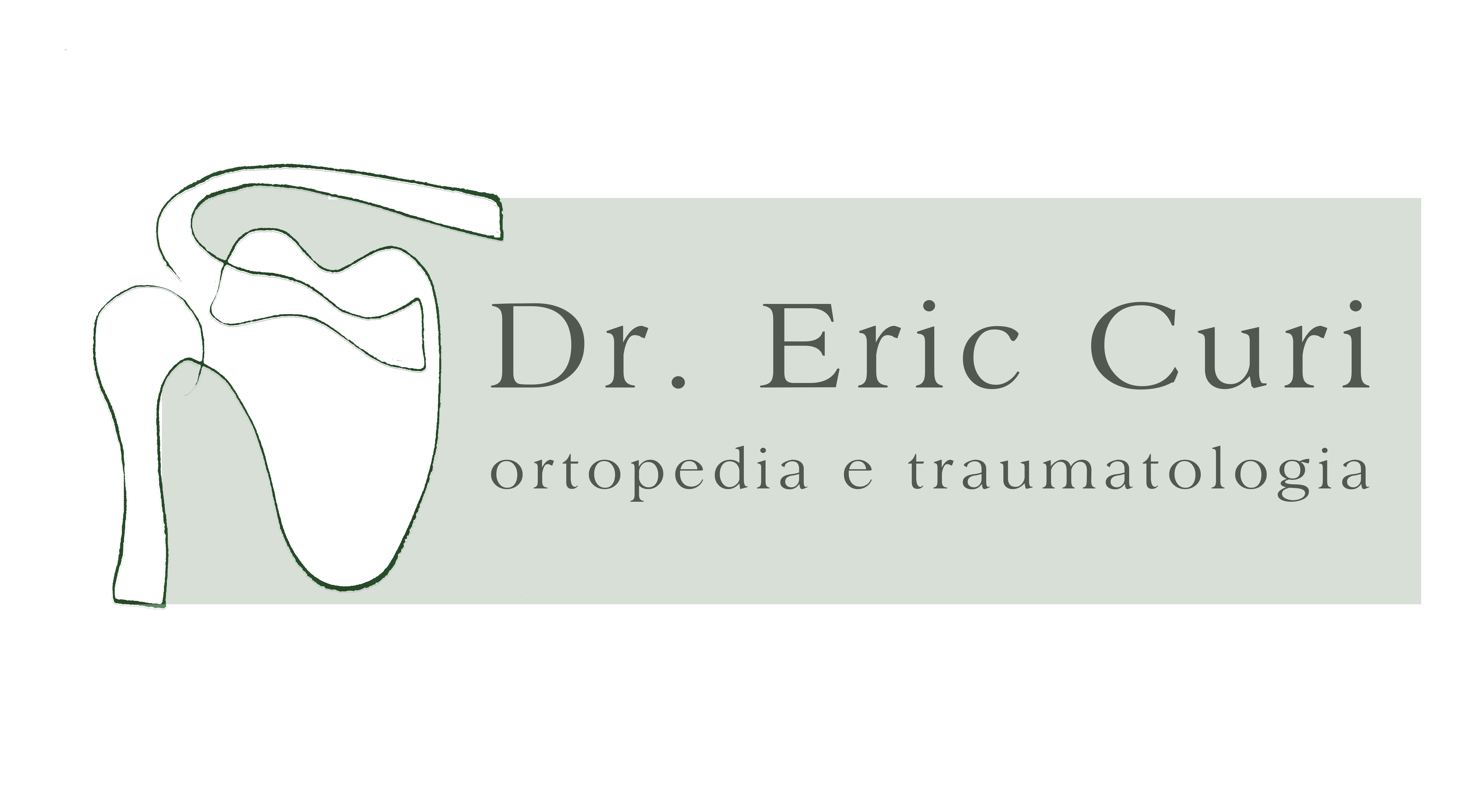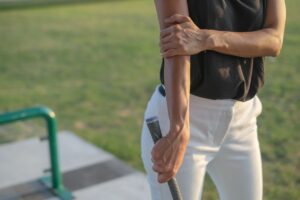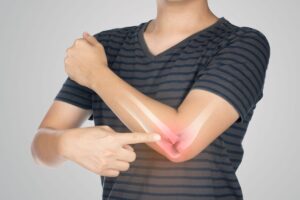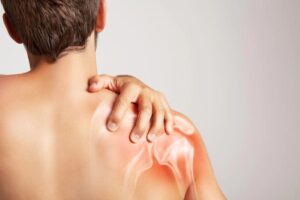Meet Dr. Eric Curi, Orthopedic Surgeon and Traumatologist, specialist in Shoulder and Elbow surgery in São Paulo.
Lateral Epicondylitis | Tennis Elbow
Shoulder Pathologies
Elbow Pathologies
General Orthopedics
Last news
Lateral epicondylitis, commonly known as “tennis elbow,” is an extremely common cause of elbow pain that can affect anyone who performs repetitive movements with their forearm, not just athletes. In fact, most patients don’t even play tennis. This condition causes pain on the outer (lateral) side of the elbow, often impacting the patient’s daily routine and quality of life.
In this article, we will explore more about the symptoms, diagnosis, and treatment of lateral epicondylitis.
What is Lateral Epicondylitis?
Lateral epicondylitis is a special type of tendonitis that affects the tendons connecting to the humerus (arm bone and part of the elbow), specifically on the outer side (lateral) of the elbow, a region called the lateral epicondyle.
This issue arises from local inflammation combined with tendon healing failure, resulting in pain and discomfort in the elbow. The tendons affected are four, with the main one being from the muscle extensor carpi radialis brevis.
Lateral epicondylitis is frequently caused by repetitive activities or excessive efforts that overload the elbow tendons. Common causes include:
- Repetitive movements of pronation and supination of the forearm;
- Lifting excessive weights;
- Improper technique in physical activities.
Although it’s called “tennis elbow,” anyone who performs repetitive forearm movements can develop this condition, and, in fact, most patients do not play tennis.
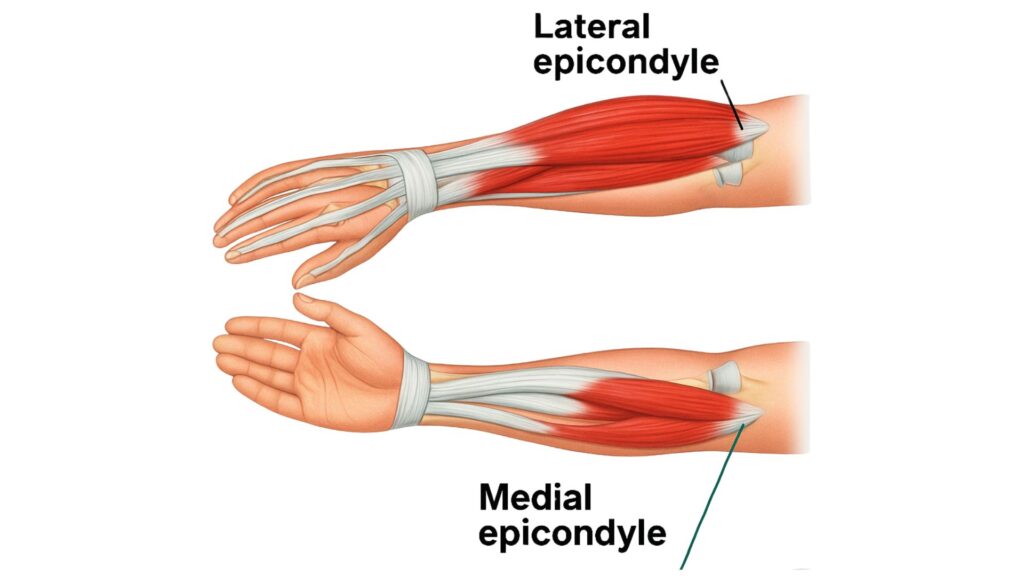

What Are the Symptoms of This Condition?
The symptoms of lateral epicondylitis can vary, but generally include:
- Pain on the outer (lateral) side of the elbow;
- Pain that worsens with wrist and finger extension;
- Difficulty and weakness when gripping objects or making a fist.
Additionally, the patient may feel a loss of strength and stiffness in the elbow, making it difficult to carry out daily activities.
Diagnosis and Treatment of Lateral Epicondylitis
The diagnosis of lateral epicondylitis is generally made through a clinical exam in the office, where various movement tests are performed to evaluate the patient’s response. While it is primarily a clinical diagnosis, imaging tests like ultrasound or MRI can also be helpful.
Treatment depends on the severity of the condition. Typically, non-surgical treatment yields good results and includes:
- Avoiding activities that may worsen the condition;
- Resting to allow proper tendon healing;
- Use of braces for both the elbow and wrist, aiming to immobilize the affected tendons;
- Physical therapy, including anti-inflammatory methods followed by specific exercises for stretching and strengthening to promote full recovery and prevent future injuries.
In more severe cases, regenerative medicine options are available, including injections of hyaluronic acid, PRP (platelet-rich plasma), or bone marrow aspirate.
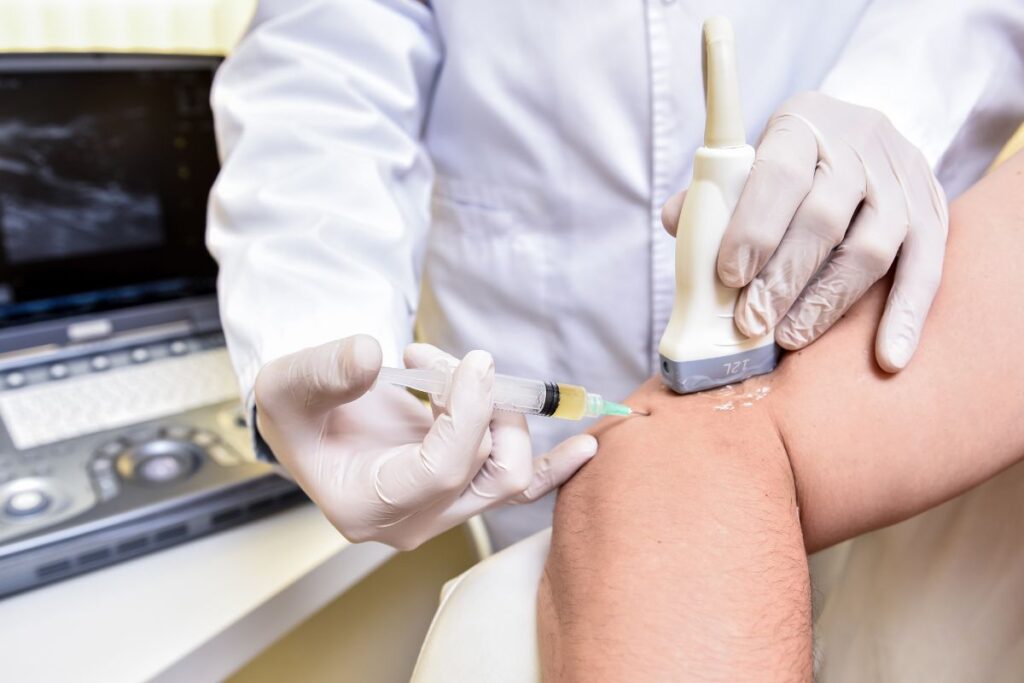
Surgery
When conservative treatment does not yield good results over several months or even years, surgery may be necessary. Surgery is rarely required for this condition. The procedure is typically performed via open surgery with a small incision of about 3cm. This minimally invasive procedure removes the damaged tissue and repairs the tendons.
As we’ve seen, lateral epicondylitis is a condition that can cause significant pain and discomfort, but fortunately, it is treatable! With an accurate diagnosis and a proper treatment plan, it’s possible to relieve the symptoms and restore the functionality of the elbow.
If you’re experiencing elbow pain, don’t hesitate to consult Dr. Eric Curi. Schedule an appointment today and take the first step toward a pain-free life!
Want to Learn More? Schedule a Consultation with Dr. Eric Curi.
Vila Olímpia
SARTOR - Medicina Integrada
- (11) 3045-2090
- Rua Helena, 218 - Trade Tower - 4º Andar
- Segunda - Sexta : 09:00 -18:00

